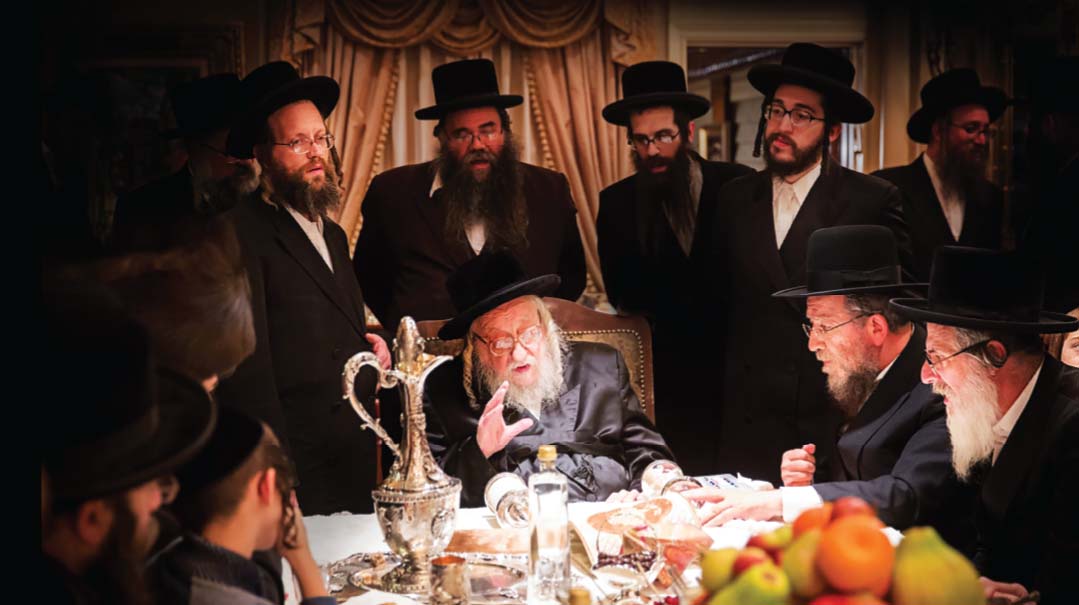Everything and Nothing

The simple greatness of Rav Chai Yitzchak Twerski of Rachmistrivka

Photos: JDN, Rachmastrivka archives
It was just about a century ago when Reb Menachem Nochum Twerski, rebbe of Rachmistrivka, arrived in Yerushalayim from the Ukraine.
Back in Rachmistrivka, he had been Rebbe to the simple people, cloaked in simplicity and surrounded by simplicity. In the Holy City, where every alleyway held scholars and saints, the Rebbe of Rachmistrivka was able to walk in silence and maintain his precious simplicity.
But then his brother Reb Mordche was murdered by Arab ruffians, and the chassidus sought a new leader. Reb Nochum’che, as he was known, took the mantle along with his brother Rav Velvele until their passing, after which Reb Nochum’s two sons inherited it.
Rachmistrivka did not have two courts for the two Rebbes. Rather, the chassidus formed a single court with two Rebbes, Reb Avrum Dov and Reb Duvid’l leading the tishen and tefillos in unison. For two leaders to share a crown was a novelty.
Yerushalayimer Yidden a century ago were not the type to be easily impressed. Still, they marveled at the feat they were witnessing. For two Rebbes to share the mantle of leadership didn’t require mere scholarship or piety: It called for complete bittul. To be nonexistent, alive only to give, to take nothing at all.
For those who knew the roots of the chassidus, it made sense. This self-negation was a legacy of the dynasty’s founder, Rav Yochanan of Rachmistrivka. After the passing of his own father, Rav Mottele Chernobyler, the yerushah was divided between eight great sons. Rav Yochanan remarked that he’d hoped to receive as an inheritance his father’s middah of “gurnisht,” his ability to make himself as nothing, but his brother Rav Moshe of Korastchev had taken it. “For me,” Rav Yochanan concluded, “there is only gurnisht mit gurnisht left.”
Not just to be nothing, but not to exist at all.
Generations later, Rav Yochanan’s descendants evinced the same trait. All were united in their desire to serve the Creator in relative privacy, none of them eager to assume the mantle of leadership. And then came the day when a scion of Rachmistrivka, a lofty soul deeply bound to the Holy City, was instructed to plant simplicity in the land of excess, nurture modesty in the land of outsized exposure. To serve as Rebbe in America.
Was it even possible?
You can answer the question yourself. Try to make an appointment with any major rebbe or rosh yeshivah in America today: Due to full schedules and heavy workloads, you will run the gamut of gabbaim, handlers, insiders, and drivers.
Then head to Rachmistrivka in Boro Park. Call the gabbai, who will answer and give you an appointment, probably for that day, and head to the beis medrash and right there, beyond the creaky door and over the faded linoleum threshold, is your answer.
I don’t know how, but clearly, it’s possible. Simplicity can not only take root, it can thrive.
Oops! We could not locate your form.







